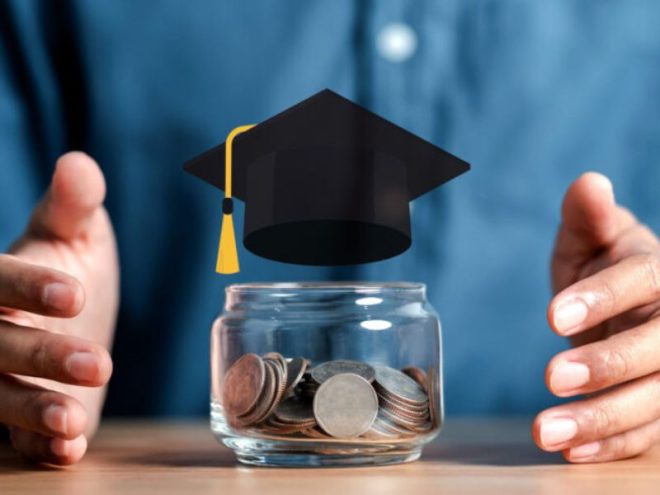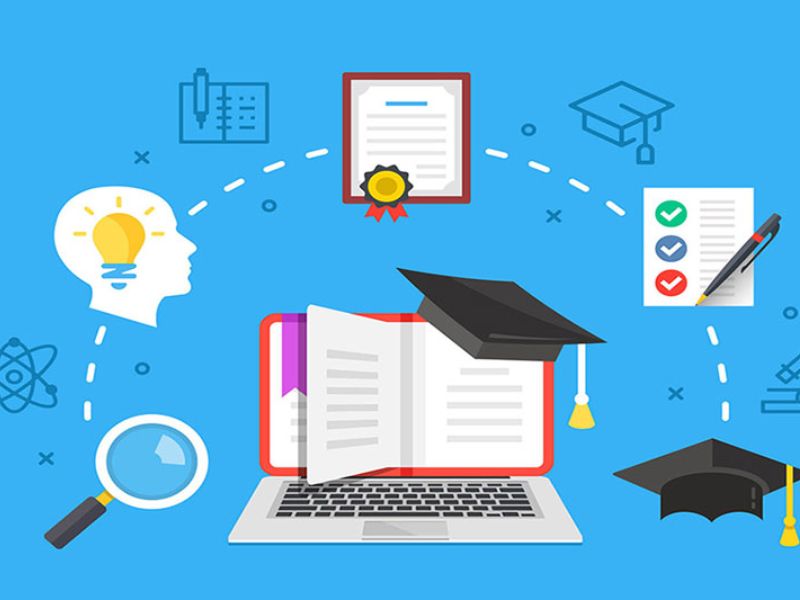Student loans are ideal for those who want to achieve higher education without compromising tuition and living expenses. Many students worldwide leverage the power of student loans for their higher education. Student loans are not just about helping students achieve education; they are just about allowing students to make their education affordable. Whether you are a student seeking student loans or want to get a student loan for your higher education, you must understand student loans before making a decision. In this blog, we’ll discuss students’ loans, highlighting their types, how to apply for a student loan, tips for paying off your student loans faster, and more.
What Are Student Loans?
Student loans are financial resources that the government or other organizations might use to cover tuition and other costs. These loans typically take ten to twenty-five years to repay and are meant to be paid back with interest. Private loans are comparatively worse in that they have higher interest rates. Still, federal loans are typically the most well-known and offer advantages, including flexible loan payback terms and cheap interest rates.
A student loan is a type of credit in which the borrower is required to repay the money borrowed plus interest once they graduate or stop attending classes part-time. However, interest does not begin to accrue on the first day of any loan. While other loans charge interest from the moment of borrowing, subsidies like the Direct Stafford loan do not charge interest while the borrower is enrolled in school.
Types of Student Loans
There are different types of student loans. Below are the most common student loans.
#1. Federal Student Loans
One of the most significant student loans is a federal student loan. Several students benefit from this loan while studying. Federal student loans include different loans, which are as follows.
Direct Subsidized Loans:

Direct subsidized loans are federal student loans given to students who need financing. These loans help students complete their studies. They are often low-interest loans for selected students, assisting students in covering the cost of college or career school.
Direct Unsubsidized Loans:
Direct Unsubsidized Loans are other federal student loans. These are general scholarships and suitable for any student who may have poor financial status or not. These loans do not require additional requirements, making them ideal for many students worldwide.
PLUS Loans:
PLUS loans are included in federal student loans. These are suitable for graduate students or parents of dependent undergraduate students. These loans have relatively higher interest rates than other commercial banks, but they enable students to increase the loan amount much more freely.
Consolidation Loans:
For those who have taken different types of federal loans during their college education, consolidation loans would be a perfect way to consolidate previous loans. These loans allow for the consolidation of different federal loans taken during the college education period.
#2. Private Student Loans
Private loans are other student loans, which are available from banks, credit unions, and other internet lenders. Although they are typically more expensive and offer fewer benefits than federal credits, they can be helpful in situations where government loans are insufficient. Both variable and fixed interest rates are possible, yet government loans, credit checks, and co-signers are prohibited.
Applying For Student Loans
The student loan depends on the type of loan. Students apply for both federal and private student loans. Here’s a breakdown of applying for student loans.
Applying for Federal Loans
Applying for federal loans requires completing the FAFSA form. The purpose of the FAFSA is to inform students about their eligibility for federal aid, which includes student loan programs, grants, and scholarships. Therefore, it is best to submit it as soon as possible so that students can give it more thought and increase the likelihood that they will receive assistance.
After completing the FAFSA, students will receive a Student Aid Report (SAR) with information about their eligibility status. As a result, your school will provide you with your loan offer and the total amount of your available loan.
Applying for Private Loans
Since private loans do not go through the FAFSA, applying for them requires a credit check and signing up with a lending organization. The agreements include interest rates based on an individual’s income and credit. For this reason, one should always evaluate the rates offered by several lenders before selecting one.
Tips for Paying Off Your Student Loans Faster
The following tips are perfect solutions for people who are willing to make larger loan payments more frequently with little to no additional interest:
Pay More Than the Minimum:
In the long run, a little extra money in terms of terms makes a big difference. Consider splitting your invoices in half or rounding up your payments, so that you pay twice a month.
Refinance Your Loans:
If your credit score declines when you apply for loans, refinancing can also help you lower interest rates. However, if you borrow a private loan, then you will lose benefits such as income-based repayment plans and student loan forgiveness.
Look for Employer Debt Repayment Assistance:
One advantage that some firms offer their staff members is help with student debt repayment. If these programs are available, one should utilize them.
Make a Budget:
You must create a solid budget to maintain financial management and avoid loan repayment default. The debt section also includes identifying your spending patterns and making sure you pay off your bills all at once.
These tips will help you pay off your student loan faster.
Conclusion:
Student loans are the perfect source for those looking to study with scholarships. Before making your decision on a student loan, you must focus on your loan type, find an appropriate repayment option, and consider how to pay off your loan earlier than required. Start an online search to learn more about student loans.



